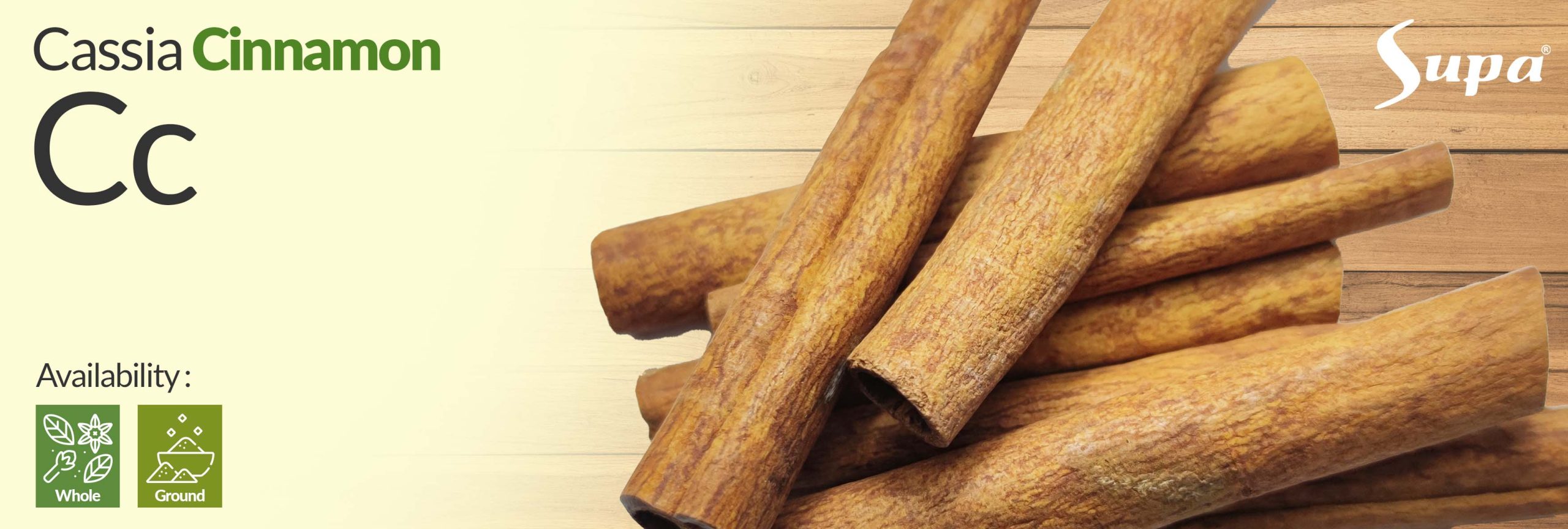
Cassia’s historical significance stretches back to ancient China, where its usage dates as far as 2700 BCE for medicinal purposes. This aromatic spice embarked on a remarkable journey along the intricate trade routes of antiquity, making its way to the Mediterranean region. While the Egyptians also embraced a spice they termed “cinnamon” for culinary and health applications, it remains uncertain whether they were referencing true cinnamon or its close relative, cassia. Both spices, known as “darchini” in Persia, found their place in an array of savory and sweet dishes, contributing to the rich tapestry of flavors in the region. By the 5th century BCE, the distinction between cassia and cinnamon was established, marking their separate identities in the culinary world.
During the medieval era, English and French culinary texts referred to both cassia and cinnamon as “canella.” However, cassia’s more robust and pronounced flavor rendered it a less esteemed spice compared to the subtler notes of true cinnamon. This hierarchy of prestige is exemplified in John Russell’s “Bok of Nurture” from the 15th century, where he stated, “Synamone is for lords, canelle for common people.” Over time, cassia gained prominence and today constitutes almost half of the world’s cinnamon production, particularly thriving in China and Southeast Asia. Interestingly, in North America, what is commonly labeled as “ground cinnamon” is often, in fact, cassia, exemplifying the ongoing interplay of historical context and regional culinary preferences.
Flavor: Cassia cinnamon has a robust and intense flavor that is warm, spicy, and slightly sweet. Its flavor profile is stronger and more pungent compared to the milder and sweeter Ceylon cinnamon. The prominent presence of cinnamaldehyde, a compound responsible for the spice's flavor, gives cassia cinnamon its bold and spicy taste. Taste: The taste of cassia cinnamon is powerful and often described as being "hot" on the palate. It can have a slight bitterness in its undertones, which adds to its complexity. When used in cooking or baking, it imparts a pronounced cinnamon taste that lingers on the taste buds. Aroma: Cassia cinnamon is known for its strong and captivating aroma. The scent is warm, rich, and sweet, with an unmistakable spiciness. When cassia cinnamon is used in recipes or as a garnish, it fills the air with a delightful fragrance that evokes feelings of comfort and nostalgia.
Culinary Spice: Cassia cinnamon is widely used as a popular culinary spice, adding a rich, warm flavor to a variety of dishes and desserts. It is commonly used in baking, such as in cinnamon rolls, pies, and cookies, as well as in savory dishes like curries and stews. Beverages: Cassia cinnamon is a common ingredient in various beverages, particularly in spiced teas like chai and mulled wines. It imparts a delightful spiciness and enhances the overall taste and aroma of the drink. Aromatic Potpourri: Ground or whole cassia cinnamon sticks are used in potpourri and homemade scented items to create a pleasant and inviting aroma in homes and spaces. Medicinal Uses: In traditional medicine, cassia cinnamon has been utilized for its potential health benefits, including its anti-inflammatory and antioxidant properties. It has been historically used in herbal remedies for various ailments. Food Preservation: Due to its antimicrobial properties, cassia cinnamon has been used historically to help preserve food and prevent spoilage. It was a valuable spice in ancient times when refrigeration was not available.
Origin : Indonesia Botanical Name : Cinnamomum burmanii Composition : Cinnamon Stick Color : Brown Moisture Content : Max 12% Shelf Life : 12 Months Loadability : 20 FCL Package : Carton Box *For more detailed specifications, please feel free to contact us.

